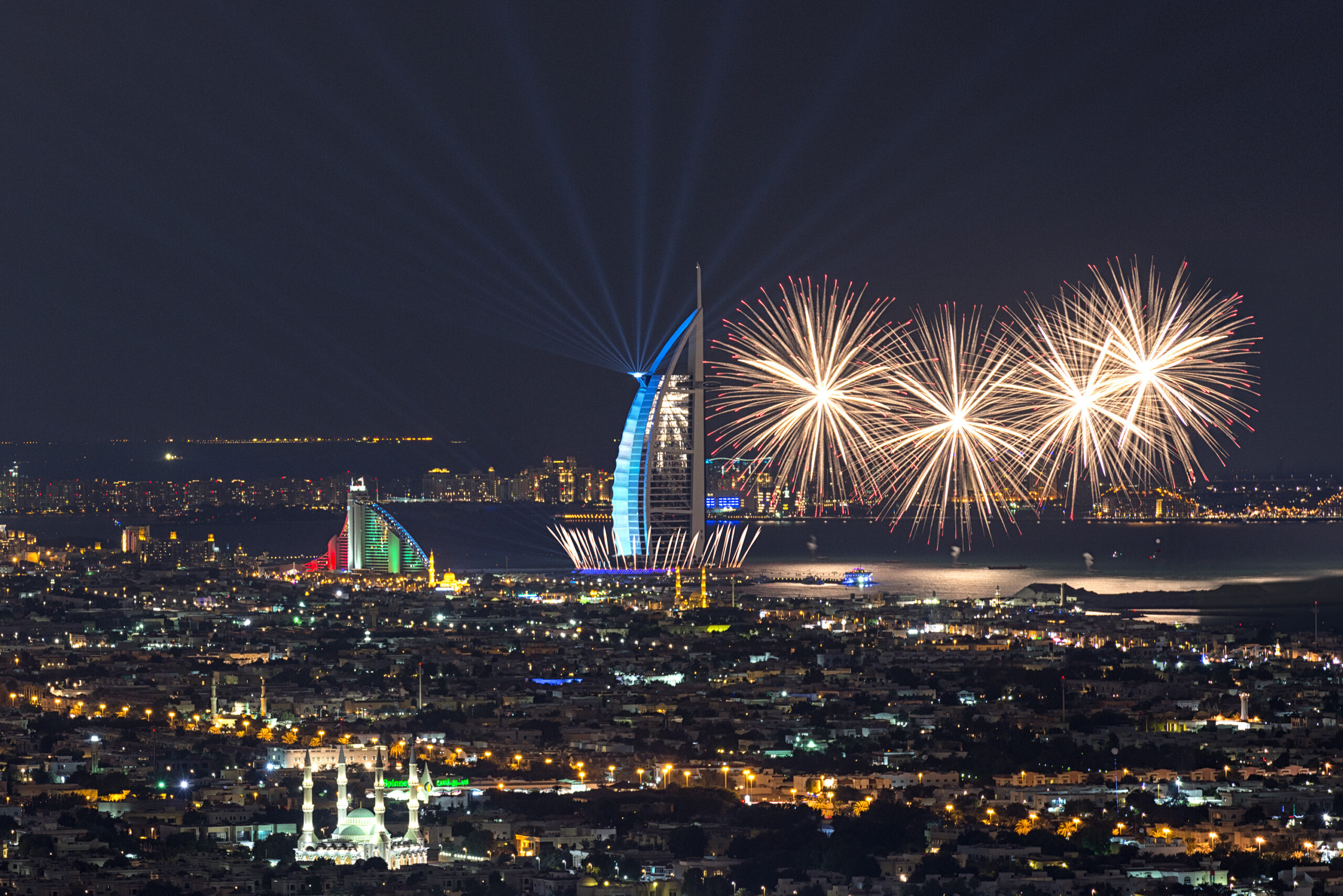Last Updated on 07/04/2023 by Feroz Khan
There’s no denying the thrill that a good fireworks display can bring. Yet, capturing those same moments on camera can be daunting for many of us. Too often, the images tend to be overexposed, or you just don’t seem to be able to catch the best segment of the display. We asked professional photographers for tips on how to get better fireworks images. Try some of these techniques the next time you head to capture beautiful fireworks photos in the sky.
Table of Contents
Andrew Marty
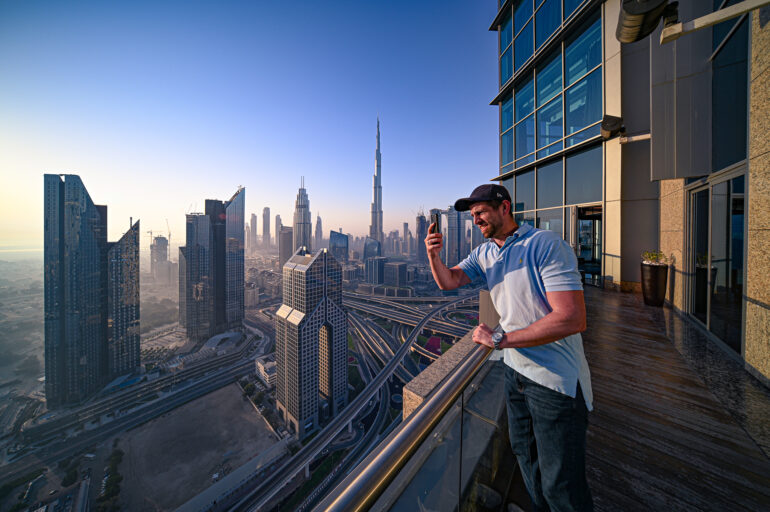
Photography is all about visual storytelling for Australian travel photographer and international photography guide Andrew Marty. He’s been fortunate enough to capture fireworks at a few locations worldwide. Andrew says it’s important to be absolutely ready with your camera for the first few moments of any fireworks show. “The best images come from the first sets of fireworks,” Andy says. “It doesn’t take long for the smoke to build up, and you lose the nice clean-looking fireworks. So it pays to be totally ready, rather than thinking you can use the first fireworks as a practice to get things right.”
Take Care Of Framing
Andrew notes that most cityscape photography principles apply when photographing fireworks in a city setting. Visualizing where the fireworks will be – particularly how high they will be in your frame – is crucial. It’s important in deciding how to frame your shot, especially ensuring you are wide enough to ensure you don’t crop off the top of the fireworks. “When thinking about story-telling, you need to consider the rest of your frame, not just taking photos of the fireworks – what other elements (buildings, water, crowds, etc.) can you have as part of your composition to compliment the fireworks,” says Andrew about the various framing elements you can consider for your photos. “Fireworks images always look better when they have something familiar in the frame as a point of reference – so creating an image that has some natural or artificial landscape will give your audience something to compare to your fireworks.”
Andrew recommends carrying multiple lenses with you if you’re unsure of the framing before you head to the spot. He carries a clamp if he’s shooting fireworks from an elevated site. For rooftop photography, he finds them to be extremely useful equipment, especially if several people are there photographing. “It allows you to stabilize your camera without taking up too much space,” Andrew says. “I always make sure I am tethering my camera using a strap if I am photographing from a high vantage point. It is one of the times I often use a remote to control my shutter release as I am shooting repeated long exposures and on bulb mode.”
Andrew’s Top Tips
- Decide on your composition and then manually focus on a prominent, stationary part of your frame (e.g., the most significant building)
- Shoot in RAW and auto white balance, with a view that this may need to be adjusted in post-processing
- Turn off vibration reduction in your camera, as you’ll be using a tripod
- Set a low ISO (100-200) with an aperture of around f10 to start with
- Bulb mode for the shutter. Typically, he finds 4-5 seconds shutter speeds yield the best results.
It doesn’t take long for the smoke to build up and you lose the nice clean-looking fireworks. So it pays to be totally ready, rather than thinking you can use the first fireworks as a practice to get things right.
Andrew Marty
Mohammad Azizi

Mohammad was still in school when he decided to save up and buy his first DSLR. Seeing a constant stream of jaw-dropping pictures on social media inspired him to take up photography. He was tired of seeing work from others and wanted to create the same emotions that inspired him.
He agrees with Andrew about the importance of the first few moments of any fireworks show. I concur with Mohammad on this, having recently photographed the NYE fireworks at Dubai’s Burj Khalifa with him. “After the first few fireworks, it will become smoky and not preferable for pictures,” says Mohammad. “Those first few photos are the ones you will likely be using. After these shots, I like to experiment by changing the exposures to see what kind of results I can get and have fun with it.”
Mohammad’s Tips For Fireworks
- Set your ISO to 100
- Underexpose your image a little because you may not realize that fireworks are actually very bright.
- Shoot between 1.5 to 4 seconds of exposure, depending on what you want to achieve. A 2-second exposure is a safe zone.
- F stop depends on the location, but for me, it’s typically f8 to f16
Mohammad has a great tip to save your energy, especially when you need to wait for hours at a good vantage spot. “A comfortable chair is mandatory,” Mohammad advises. “When shooting fireworks, you will likely want to reach your location a few hours in advance to secure a good spot. Hence, bring a comfortable foldable chair to sit on, a power bank for your phone, and snacks. He continues to say that you should bring water to keep hydrated — this is something you will regret if you don’t bring it.
If it’s a big event and there are a lot of photographers covering the same, getting your pictures out there as soon as possible is essential. “Bring a laptop and edit the photos immediately after the fireworks are done,” he says. “Photos posted the earliest are the ones that get the most traction online.” But he also notes that this may not be as easy during peak times.
“It might be slightly challenging because if you are shooting during New Year’s Eve and wish to post immediately, the internet might get sluggish as thousands of people try to post their NYE pictures and videos on social media as well. Long story short, work fast.”
True to his nature, Mohammad says that one of the key things when taking pictures of fireworks is to not stress out. “Have fun! Photography is supposed to be fun. Go with some buddies, set up your tripods, and have a laugh and a good time!”
A comfortable chair is mandatory. Water to keep you hydrated is something you will regret if you don’t bring
Mohammad Azizi
Alex Evers
Photography is supposed to be fun, when you loosen up and enjoy yourself. That’s when you make better pictures, according to LA-based sports photographer Alex Evers. Traveling to many sporting events around the world enables him to experience the various opening and closing ceremonies they have. Fireworks are a large part of some of these shows.
Alex’s Tips To Get Good Fireworks Pictures
- The number one tip is to have fun. Photography is supposed to be fun, when you lose and enjoy yourself, you make better pictures
- You want to be able to control your camera with minimal touching so that you don’t shake anything. Get it stationary, then use a cable release or a PocketWizard.
- Use low ISO values and longer shutter speeds to capture more of the fireworks popping
- Play around with the context of your environment. Whether that is a city skyline or a group of people watching the fireworks.
- Look at others’ work to get an idea of what you like and maybe what you don’t like. Then analyze those photos and try to mentally reverse engineer the settings.
- Be yourself! Make the pictures that you want to make. Connect what’s in your head and what’s in your heart and communicate that with your audience
Anique Ahmed
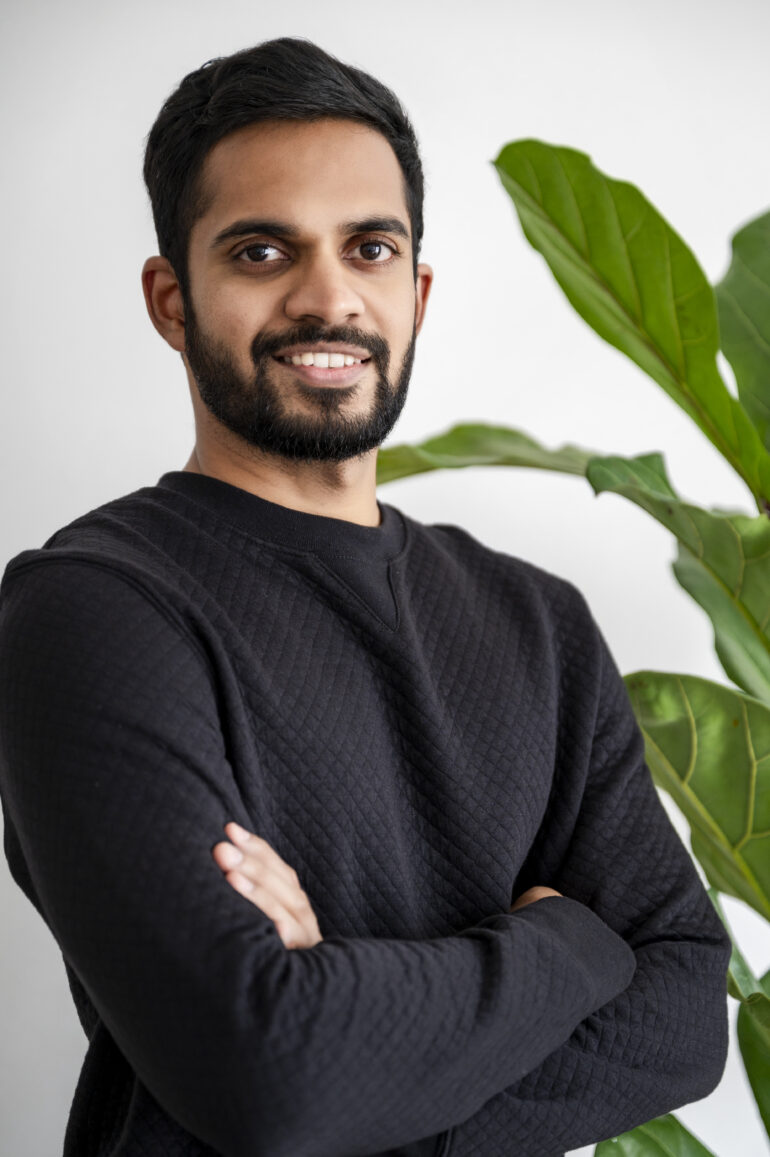
An architect by qualification and an architectural photographer, Anique Ahmed makes good use of his professional skills and connections when researching vantage points for fireworks photos. “I always try and get access to high-rise towers or balconies to photograph fireworks,” Anique elaborates. “Your location is as important as your camera gear. Scout your spot.” Anique continued to say that firework shows tend to get crowded, and you need a space for yourself and your tripod. Otherwise, you might end up shooting handheld over someone’s head. In that case, it’s best to get there early.
In fact, Anique sometimes gets there six hours ahead of time to get the shot he wants.
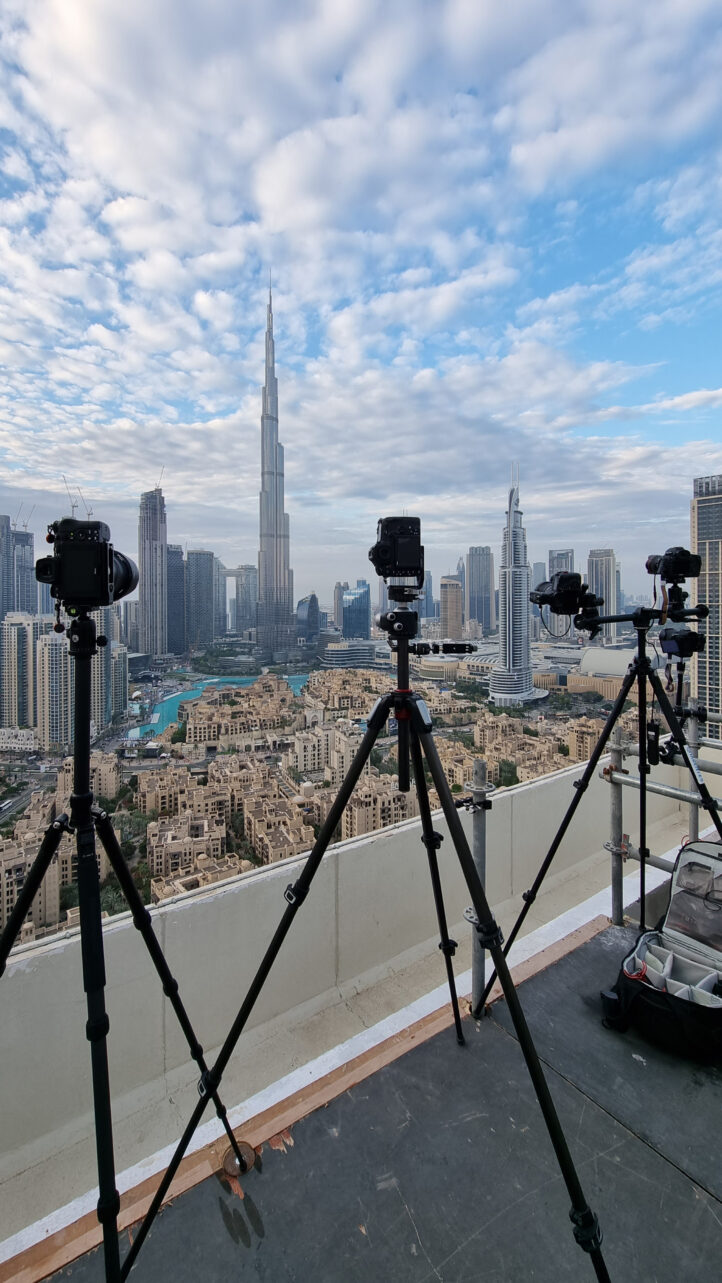
Having a camera with a high dynamic range is beneficial, and Anique trusts his Nikon D850 for this. And some of his most used lenses are the Nikkor 14-24mm and 24-70mm. “Shooting fireworks can be tricky, and sometimes you can get your images a bit over or under-exposed,” he says. “The dynamic range of the Nikon D850 makes it very easy to recover highlights and shadows from a single shot. As an architectural photographer, I’m so used to uprighting all verticals in the image.” He further explained that if he finds himself somewhere mid-high, he uses tilt-shift lenses to squeeze in the top bit of the tower (in this case, the Burj Khalifa) and leave enough sky for the fireworks.
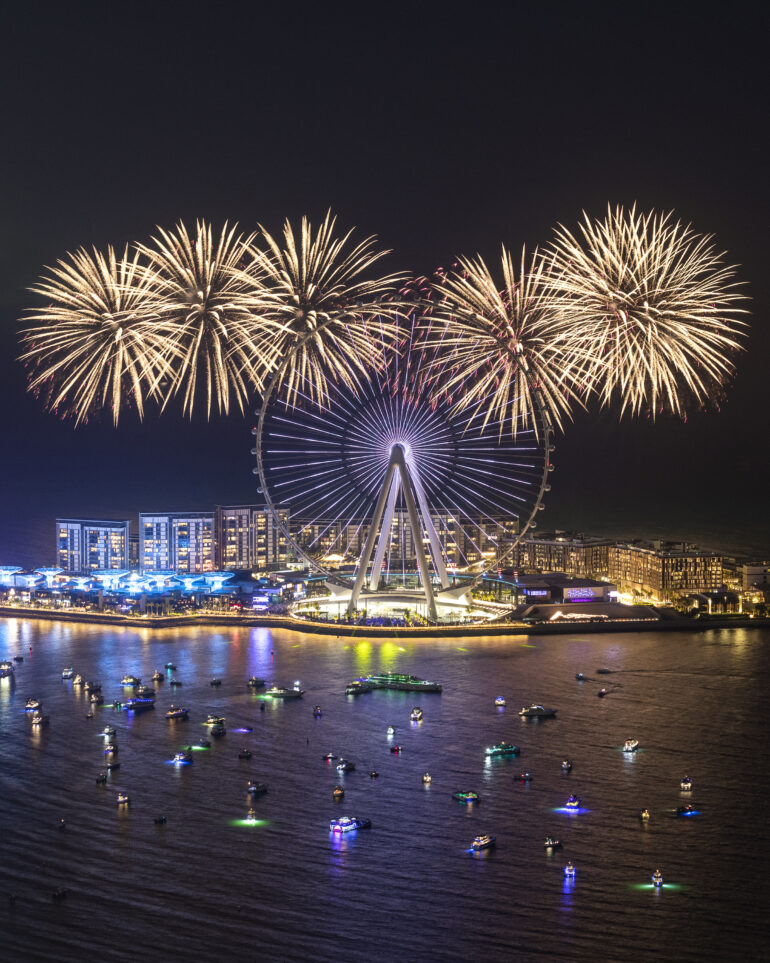
Anique’s Best Tips
- Have a very sturdy tripod and shutter release cable (wired or wireless). He prefers a wired one to avoid any technical surprises.
- A good place to start with settings is to keep the camera on manual mode at f/8 with ISO at 100 or lower and shutter speed at bulb mode to control how long you want the shutter to be open.
- Most cameras struggle to focus in low light conditions, and waiting for the camera to focus during shots isn’t a good idea. My advice is to pre-focus your photo and switch to manual mode if you do not plan on changing the focal length between shots.
- Zoom out and shoot wide. You can always crop in later. Often times when the fireworks start, you might find the fireworks taking up more sky than what you composed for. Leaving you with abruptly cropped images. And reframing and refocusing your next shots will cause you to lose time.
- Most of the time fireworks are shot from the same location every year. Looking at past firework shows help me plan locations and also gives me an idea of the kind of shots I can get.
Locations Make A Big Difference
A lot of planning and preparation goes into his fireworks photography sessions. Anique makes it a point to add context to his fireworks photos, and for this, he scouts his spots painstakingly. Some of his best fireworks images include the surrounding context to add scale to the image. “To make your shot unique, pick a spot that has a view of the skyline with the fireworks over it or a landmark building appearing on a third or in the foreground,” he tells us. “Some locations during bigger events require special access and permissions. This would have to be arranged a couple of weeks in advance.”
It’s a lot of trial and error, Anique says. If his first few images end up looking too bright, he drops down the ISO or narrows the aperture. Vice versa if the images end up darker than expected. He advises investing in good quality accessories. “You can have the perfect settings dialed in, but without a sturdy tripod and a shutter release cable, you can end up with blurry images,” warns Anique.
Most cameras struggle to focus in low light conditions, and waiting for the camera to focus during shots isn’t a good idea. My advice is to pre-focus your shot and switch to manual mode if you do not plan on changing the focal length between shots.
Anique Ahmed
All images are copyrighted by the respective photographers and have been used with permission. The lead image is by Anique Ahmed.


